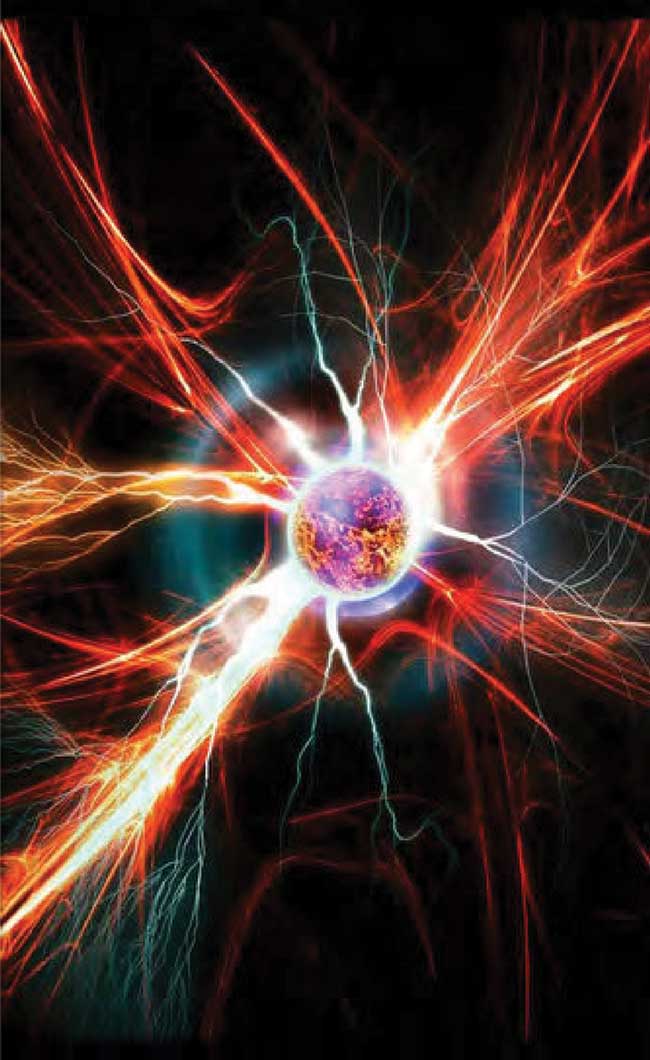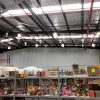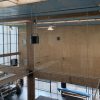
Ordering an indoor air quality system for your business or organisation provides you an immediate return on investment because your staff take far fewer days off than before. In fact, you’ll see this effect almost instantly.
And in an increasingly competitive marketplace where employers are constantly pursuing the very best talent, not offering your staff a comfortable and fresh working environment may put your company at a significant disadvantage.
Hundreds of thousands of companies, schools, and public sector organisations have invested in sophisticated, affordable air quality systems for their indoor spaces. These systems clean clients’ internal environments using a process called oxidisation – this oxidisation produces something called ionised hydroperoxides which destroy the unhealthy pathogens in the air that make us all feel sick.
In this article, we cover:
- what exactly is in the air we breathe when we’re at work
- what oxidisation is and how it kills pathogens
- how oxidisation occurs and the way in which it kills 99.99% of airborne and surface pathogens
- what are ionised hydroperoxides and why is that the preferred way of oxidising?
What’s In The Air Around Us?
There are all sorts of nasty things in the air within indoor environments that we just wouldn’t want entering our body. And the most worrying thing of all is just how long some of these things can live outside the body.
The nasty things we’re referring to are “pathogens”. Pathogens are viruses, bacteria, volatile organic compounds, fungus, mould, protozoa, cysts, algae, and yeasts. Pathogens are things which are capable of causing disease in humans – sometimes called germs or infectious agents.
Pathogens exist naturally within minute moisture droplets in the air – often, even more of them are introduced into a workplace’s atmosphere when our colleagues cough and sneeze. If a fellow employee doesn’t wash their hands thoroughly after visiting the toilet, they will likely deposit pathogens on everything (and everyone) they touch. Ever wonder why some many contagions break out in schools? That’s one of the major factors.
At some level, even those these pathogens are invisible to the naked eye, we’re all aware of them at an unconscious level (and sometimes a conscious level if the air is really bad). Workplaces with dirty air suffer greater levels of absenteeism and, when it’s really bad, employees fall victim to Sick Building Syndrome.
How Oxidisation Kills Pathogens
But if all of these dangerous pathogens are invisible to the eye, how can we control them?
Whether in the air or on working surfaces, pathogens succumb to the process of oxidisation. Oxidisation is the same process which causes iron to rust when left in the open air and exposed to moisture for years and years. Oxygen combines at an atomic level with metal forming a new compound – this new compound weakens the integrity of the metal. If salt is present in the air, this accelerates the process greatly.
There are chemical compounds which can replicate the oxidisation process for pathogens. With pathogens, oxidisation affects the DNA and the enzymes to cause cellular disruption – sometimes the barrier around the molecules within a pathogen actually bursts open meaning that the contents (which are essentially harmless when isolated) leak out of the cell.
The chlorine used in swimming pools is a particularly effective oxidant as is the fluoride in our toothpaste. The problem is that you can’t really add chlorine, fluoride, or other oxidants like hypochlorous acid and hypobromous acid into the atmosphere of an indoor space because of the harm they will cause to the people working there. Strong oxidants actually oxidise us with enough exposure!

How Is It Possible To Kill Airborne Pathogens With Oxidisation?
The method for killing pathogens in the air is a lot more gentle and technically sophisticated than just spraying chemicals in the air.
It kills 99.99% of all pathogens present (usually within 24 hours) including but not limited to Norwalk virus, streptococcus, bird flu, swine flu, candida albicans, listeria, streptococcus pneumoniae, staphylococcus aureus, and bacillus globigii.
Within an office or other enclosed space, shining a high-efficiency, broad spectrum ultraviolet light reacts with the moisture in the air – the same moisture which protects and transports pathogens. However, when exposed to this light, the moisture ceases to be the protector and transporter of the pathogens. Instead, it turns the moisture into a pathogen’s mortal enemy – the vessel in which it will suffer the cellular disruption and damage needed to render it harmless.
What Are Ionised Hydroperoxides And Why Is That The Preferred Way Of Oxidising?
The ultraviolet lights causes the creation of something called ionised hydroperoxides within the moisture. These hydroperoxides oxidises the pathogens very quickly and with a very high degree of success. In fact, for every 10,000 pathogens present, only one manage will, on average, survive the attack.
And that’s even for some of the nastiest pathogens in the atmosphere like the common cold, MRSA, Streptococcus, Bird Flu, Swine Flu, Candida Albicans, and SARS. Please note that, to kill the coronavirus, a HEPA air quality system is required.
Prior to the development of the hydroperoxide air filtering technology, ozone was often used to kill pathogens however the problem was that exposure to low doses of ozone affected human health.
In most countries, there can legally be 150% more hydrogen peroxide in the atmosphere than ozone meaning that there’s no harmful side-effects to colleagues and that there is a much better pathogen-killing potential when using ionised hydroperoxides.
Find Out More About Airius PureAir

Airius have supplied over 200,000 fan units to businesses, organisations and establishments throughout the UK and Europe bringing staff, visitors, customers, and contractors a clean indoor atmosphere.
If you have ever stepped into one of our clients’ premises and thought that the smell of the air was similar to the clean smell following a thunderstorm, you’d be correct. Thunder in the atmosphere cleans outside air using the same ionised hydroperoxides used in the Airius PureAir system (although in a much less dramatic way).
We work with public sector organisations and businesses to improve physical environment for the staff and the public and to reduce energy expenditure. Our client roster includes British Airways, Harrods, Mercedes, Siemens, Morrisons and Waitrose.
If you have any questions or queries about the Airius PureAir or PHI Cell, please Contact Us anytime by phone, on +61 (2) 6608 2736 or by email at info@.
Stay SAFE!





